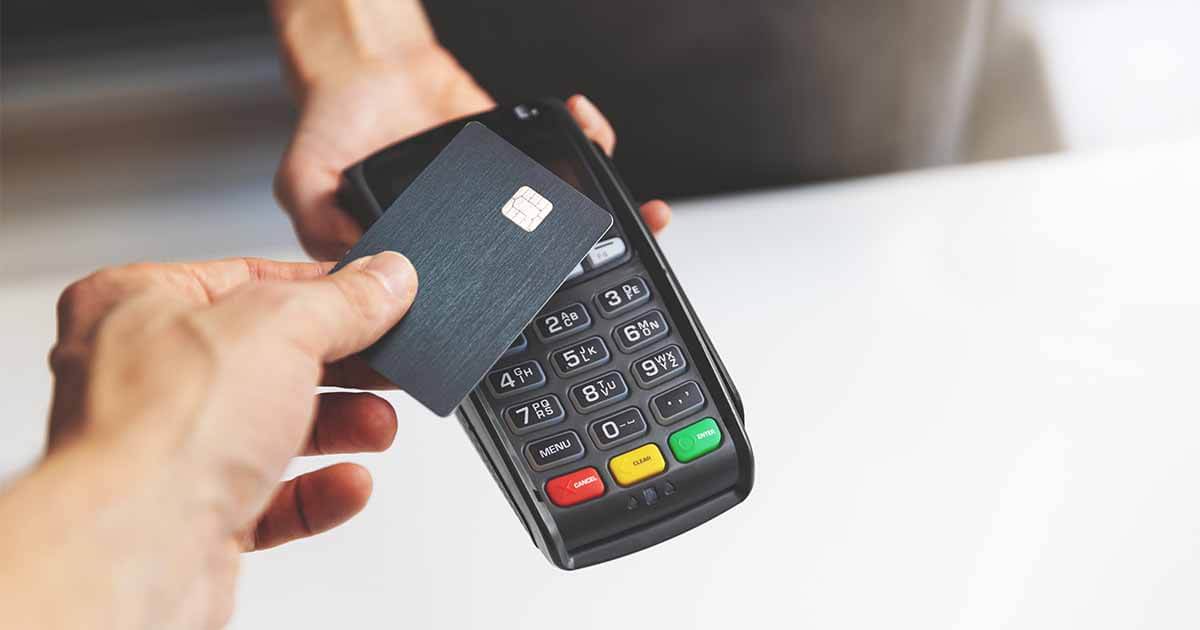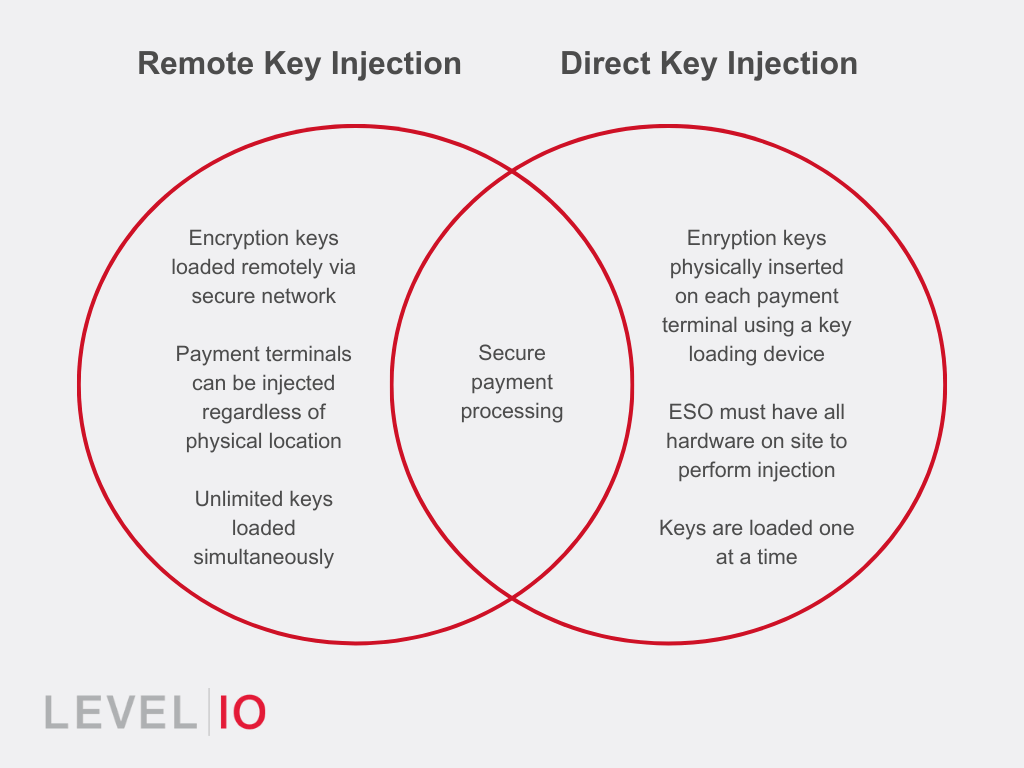
Data breaches are at an all-time high for U.S. organizations, with the number of data breaches increasing by 20% in 2023 compared to 2022, according to reporting from Apple. So, it’s no surprise that data security is increasingly top of mind for both merchants and consumers.

